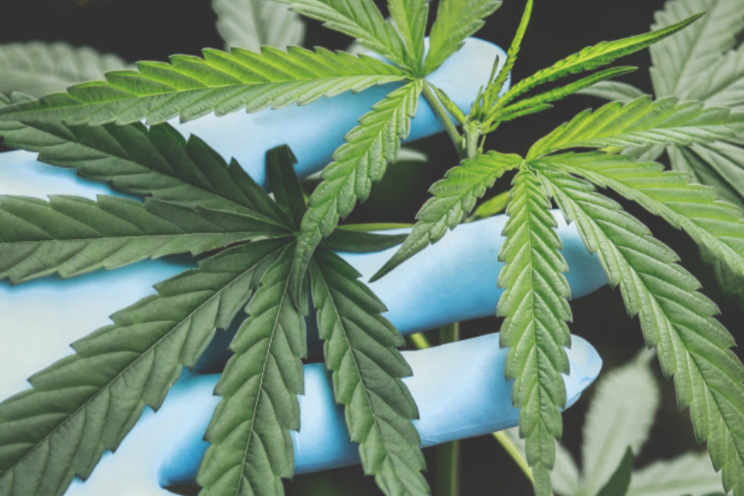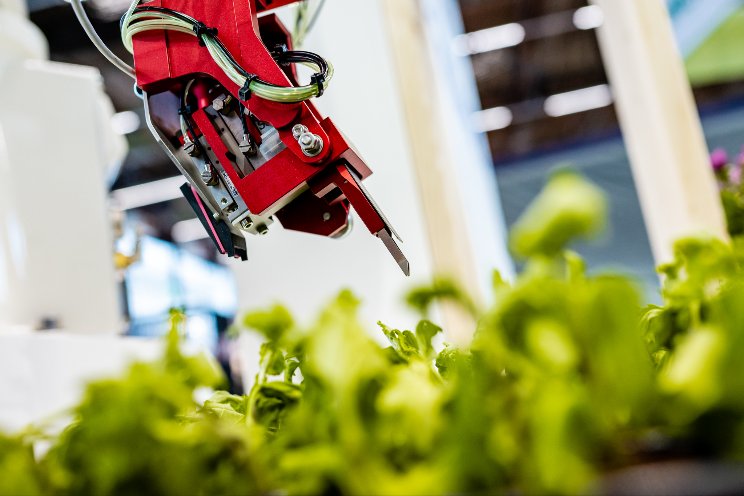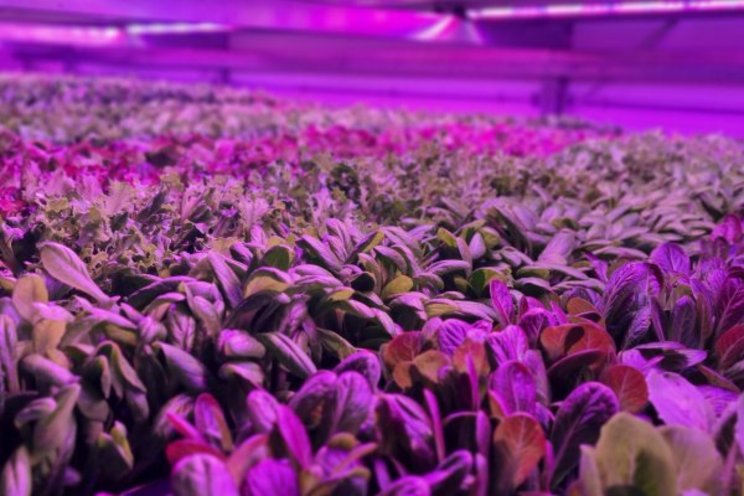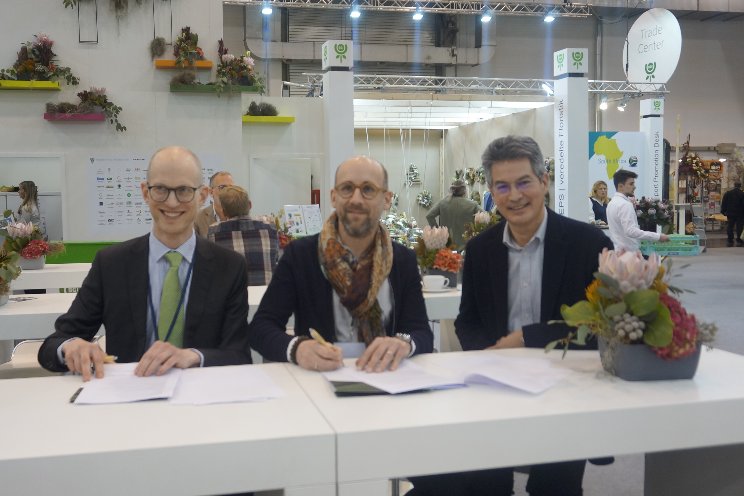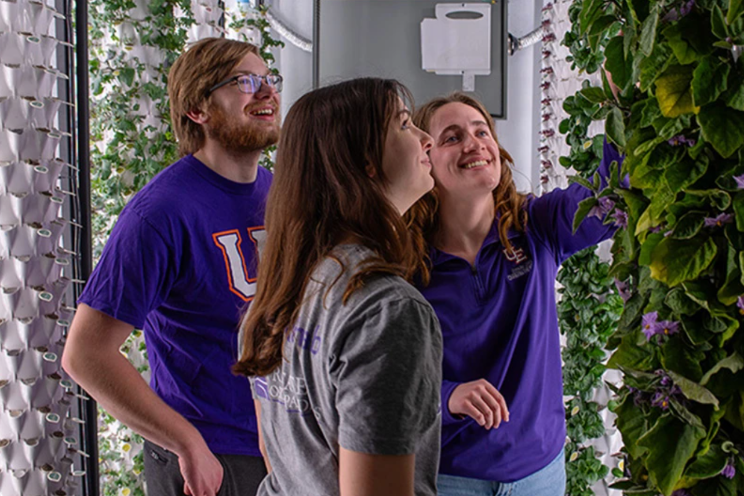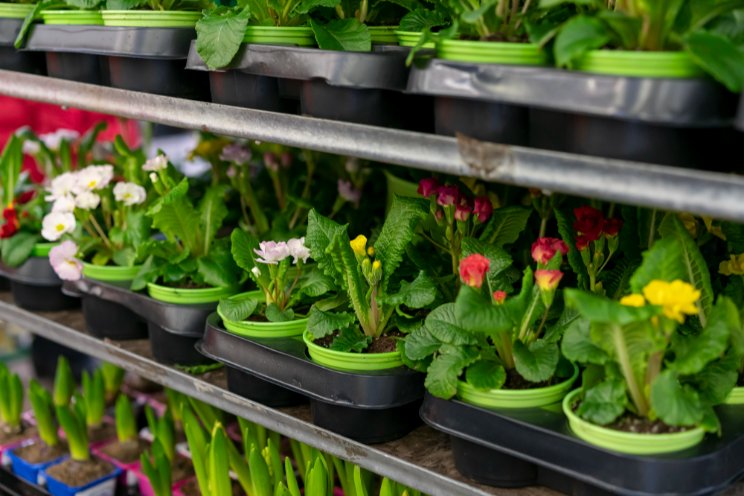Lettuce and leafy greens 201
Added on 24 January 2023

The DIF also affects elongation and expansion of other cells, such as those in leaves. While ornamental plant producers are interested in minimizing elongation to control plant size and minimizing DIF, lettuce and leafy green producers can actually use the opposite approach to enhance cell elongation and plant size. Since lettuce and leafy greens are not sold based on size, we are not worried about producing compact plants and suppressing growth. Rather, lettuce and leafy greens are sold by weight, meaning producers benefit from the extra growth. That extra growth means potentially more yield to sell for loose-leaf crops or a shorter production time to reach a certain weight for head- or bunch-forming crops.
Let’s work through examples of how to change the DIF while targeting the same ADT. Start with a lettuce greenhouse with a 68° F air temperature setpoint for both day and night. The ADT would be 68° F and the DIF would be 0° F. Now, let’s change the day (16 hours) and night (eight hours) air temperatures to get a positive DIF, say to 70° F and 63° F, respectively. This would result in an ADT of 67.7° F and a +7° F DIF. Raising the day to 72° F and lowering the night to 60° F would create a +12° F DIF with an ADT of 68° F. Finally, a 75° F day and 57° F would create a +18° F DIF and a 69° F ADT. Our research has found that fresh weight increases with the increasing DIF, up to a point.
Image by DCStudio on Freepik
More news
